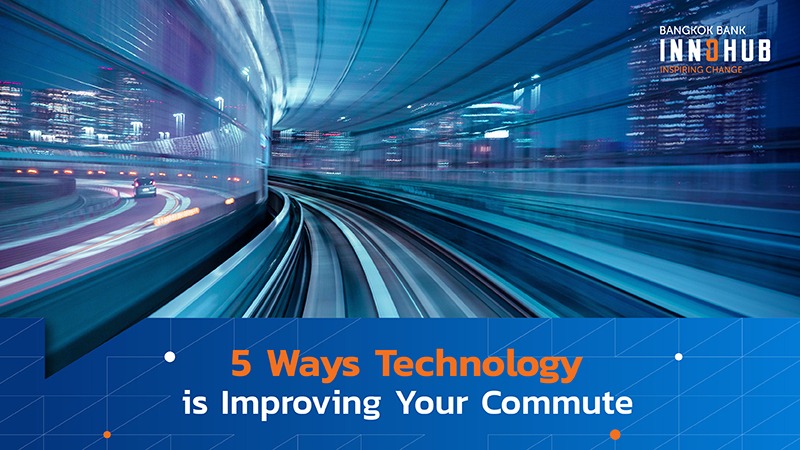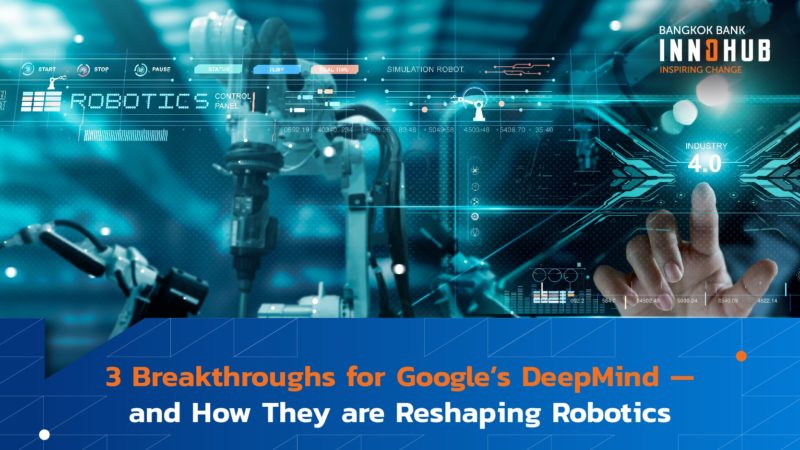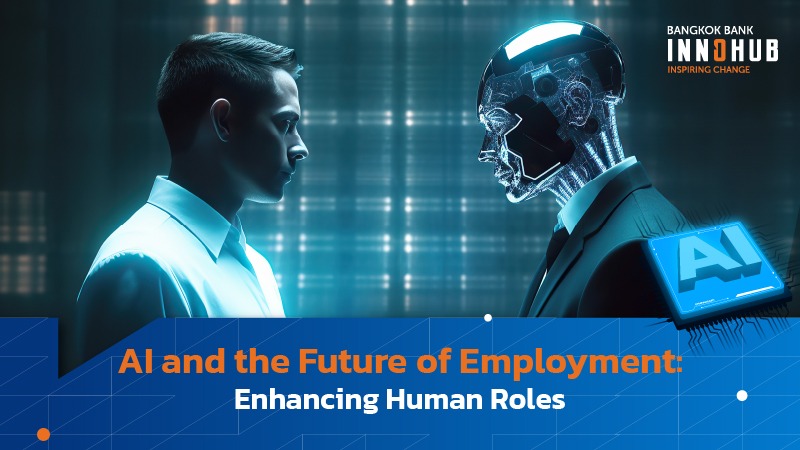Traffic congestion is a major problem in most of the world’s major cities, significantly affecting quality of life for residents. For decades, employees across industries have endured slow daily commutes, wasting their time, energy, and fuel – yet real inconveniences and health issues extend even to those who aren’t on their way to and from work during rush hour.
Automobile pollution affects everyone who lives, works, or goes to school near busy streets, while the noise of constant traffic adds another element of disruption to people’s lives. The rise of electric vehicles is a welcome development as far as air quality is concerned, and the eventual arrival of full self-driving vehicles will let drivers relax more easily as they move through cities, yet these impressive advances nevertheless leave long commuting times and other related issues unaddressed.
Although many city-dwellers have by now resigned themselves to this unfortunate fate, believing that their daily battles with traffic will remain essentially unchanged far into the future, recent technological developments – particularly those involving AI – are already beginning to ease the burden on commuters and the urban residents who live along their regular travel routes. In this effort, it is city governments themselves that are taking the lead.
Here are 5 ways cities are using smart technology to fix their congestion problems.
- Smart Corridors: These are interlinked systems of electronic signs which communicate traffic information, lane closures, vehicle accidents, and other information that drivers can use to optimize their journeys. Smart Corridors are already part of Bangkok’s road network, and are used to indicate estimated travel times, traffic levels, and even air quality data.
- Electronic Tolls: These tollways use contactless payment, or are activated using each driver’s recorded information from the registered database. They allow for quick and frictionless passage through toll areas, collecting payment without requiring drivers to stop. Additionally, many cities have been exploring dynamic pricing models, such as High-Occupancy Tolling (HOT) and GNSS-based tolling, where toll rates vary based on distance traveled, traffic conditions, and vehicle occupancy. These solutions eliminate traffic delays and encourage carpooling or alternative transportation methods.
- Vehicle-to-Infrastructure Systems: V2I technology lets vehicles communicate directly with a variety of road devices, such as tollbooths, streetlights, and parking meters, for a more seamless overall driving experience. Essentially they make it easier for vehicles themselves to manage road conditions, driving requirements, and navigational concerns, helping to avoid driver error and fatigue.
- Automated Guideway Transit (AGT): This fully automated mode of transportation is something like a cross between a bus and a train, and functions as a good alternative to subways or railways. Driverless AGT systems run on tracks, to shuttle people from one destination to another. Several modern airports make use of these vehicles, which efficiently transport travelers from one terminal to another.
- Smart Sensors: Embedded into roads, traffic signs, and other key locations throughout a city, these digital tools collect massive amounts of data to help commuters plan their trips. For example, a network of sensors can tell commuters when their next bus is coming, which roads currently have less traffic, and how many shared bikes are available at any docking station. Data of this sort can help drivers, passengers, and pedestrians make better use of their time.
These advances and others like them are being increasingly integrated into cities around the world, as part of the ‘smart city’ trend. From public wi-fi hotspots and ‘smart’ trash cans, to smart kiosks, traffic lights, and even solar-powered benches where people can recharge their phones as they relax, the city of tomorrow is an undeniable step forward from all that has come before.
The benefits of these upgrades include not only faster travel times and more pleasant commuting experiences, but also greater productivity (because less time is wasted in transit), cleaner air (because less travel time means less vehicle exhaust), better mental health (because smooth journeys are less stressful than time sitting in gridlock traffic), and even financial benefits for commuters. As commuting time becomes shorter and less fuel is used in transit, people will also find it cheaper and more practical to live in suburbs and towns, where property prices are lower and there is more space to stretch out.
Ultimately, these technological innovations give commuters more choice about how they spend their time each day. Some workers may elect to work from home – a choice also made more realistic as a result of the past decade of digital innovation as well as the social and workplace changes necessitated by Covid – but others will rediscover the benefit of seeing their colleagues in person each day. And if those colleagues are also under less stress thanks to their own improved commuting experiences, workplace harmony might be a little bit easier to achieve.
Economic activity and digital innovation, ironically enough, gave us crowded cities and gridlocked streets in the first place. But these same features are now beginning to lead us out of the maze they created, as those same cities become more friendly, more hospitable, and far easier to navigate than ever before.




